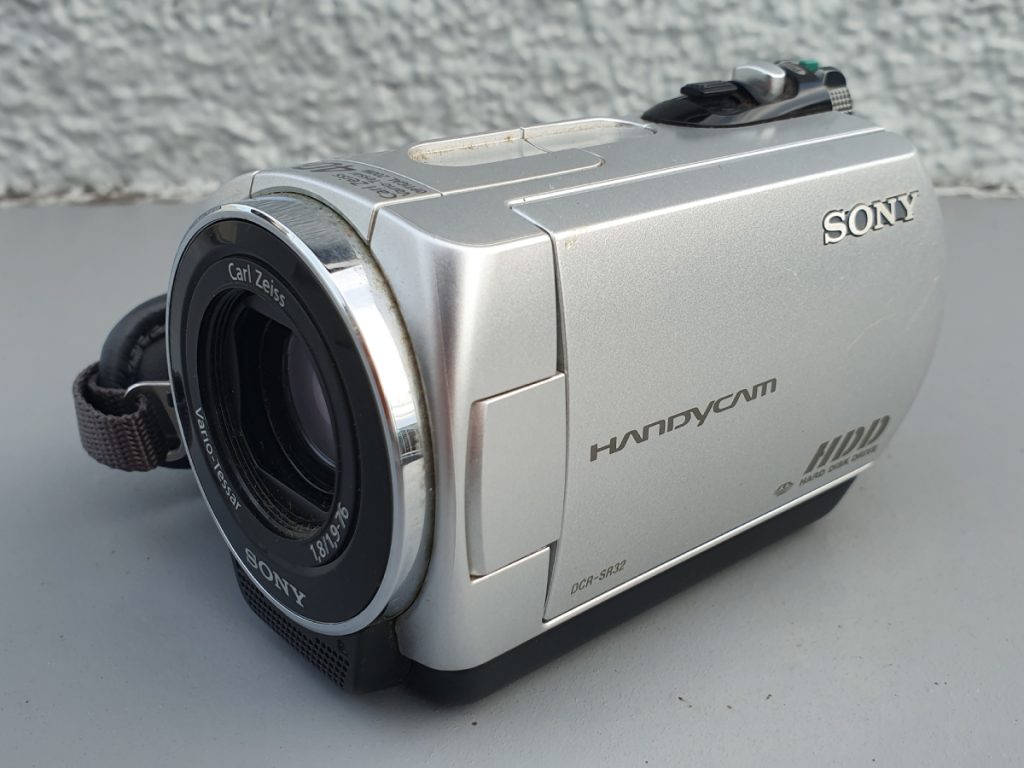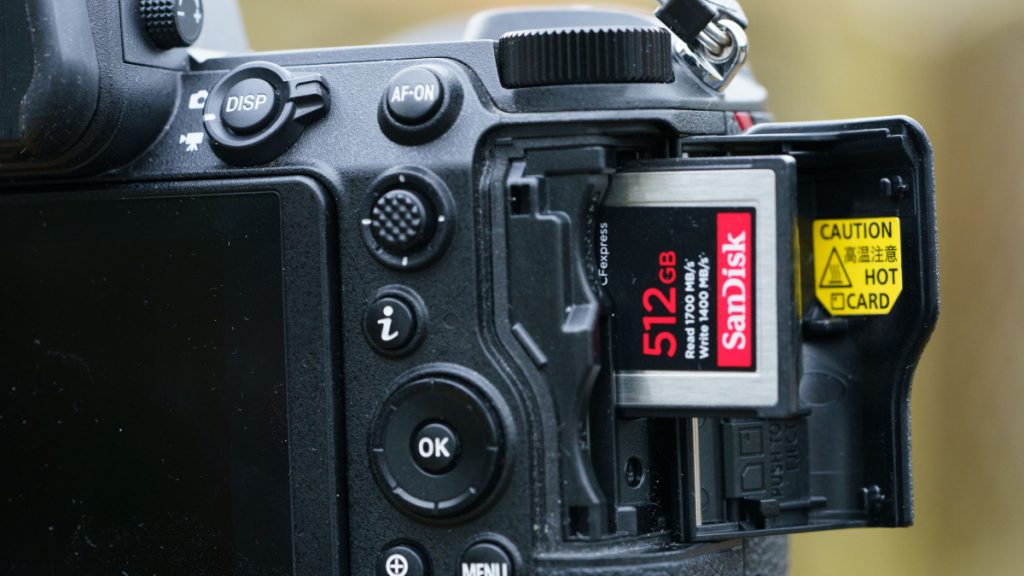Digital Camera Storing Types: Floppy Disk, Hard Disk, and Flash Card
Digital cameras have revolutionized how we capture and save photographs. A key component of a digital camera is the storage system where the images are kept.
Floppy Disk Cameras

Used Around: 1997 – early 2000s
What is it?
- Floppy Disk cameras store pictures on a 3.5-inch floppy disk. These disks were very common in the late 1990s and early 2000s, especially before USB drives and memory cards became popular.
How it works:
- The camera saves each photo directly to the floppy disk.
- You insert the disk into a computer’s floppy drive to copy the images.
Example:
- Sony Mavica MVC-FD88 (released in 1999)
- Used floppy disks to save up to 15–20 photos per disk.
- 1.3 megapixel resolution.
Pros
- Easy to use and transfer photos (if the computer had a floppy drive).
Cons
- Very small storage space.
- Poor image quality by today’s standards.
- Floppy disks are no longer used.
Hard Disk Drive (HDD) Cameras

Used Around: 2004 – 2010
What is it?
Hard Disk Drive cameras store pictures and videos on a built-in hard drive. These were popular before flash memory became cheap and common.
How it works:
- Built-in hard drives (like 20GB, 30GB, etc.) stored thousands of photos or many hours of video.
- Files were transferred to a computer using a USB cable.
Example:
- JVC Everio GZ-MG555 (released in 2007)
- Had a 30 GB hard drive.
- Could record up to 7 hours of video in high quality.
Pros:
- High storage capacity.
- Good for long video recordings.
Cons:
- Hard drives have moving parts—easy to damage if dropped.
- Larger and heavier than flash-based cameras.
Flash Card Cameras

Started Around: 2000 – Present
What is it?
- Flash Card cameras use memory cards like SD cards, CompactFlash, or microSD cards. These are the most common storage type in modern cameras.
How it works:
- The camera saves images/videos on a small memory card.
- You remove the card and insert it into a card reader or use a USB cable to transfer the files.
Example:
- Canon PowerShot SX620 HS (released in 2016)
- Uses SD cards (supports SDHC and SDXC).
- 20.2 megapixel photos, Full HD video.
Pros:
- Compact, lightweight, and durable (no moving parts).
- Memory cards are cheap, fast, and widely available.
- Can store thousands of high-quality photos.
Cons:
- Cards can be lost or corrupted (rare with good brands).
- Need a card reader or cable for some computers.
Summary Table
| Camera Type | Storage Type | Years Used | Example Camera | Pros | Cons |
| Floppy Disk | 3.5″ Floppy Disk | 1997 – early 2000s | Sony Mavica MVC-FD88 | Simple photo transfer | Very limited storage & quality |
| Hard Disk Drive | Built-in HDD | 2004 – 2010 | JVC Everio GZ-MG555 | Large space for video/photo | Fragile, heavy, outdated |
| Flash Card | SD, CF, microSD | 2000 – Present | Canon PowerShot SX620 | HS Fast, reliable, high capacity | Cards can be lost or damaged |
Final Thoughts
- Digital camera storage has come a long way:
- Floppy Disks were simple but had very little space.
- Hard Drives gave more room but were heavier and breakable.
- Flash Cards are now the standard—small, fast, and can hold a lot of data.
